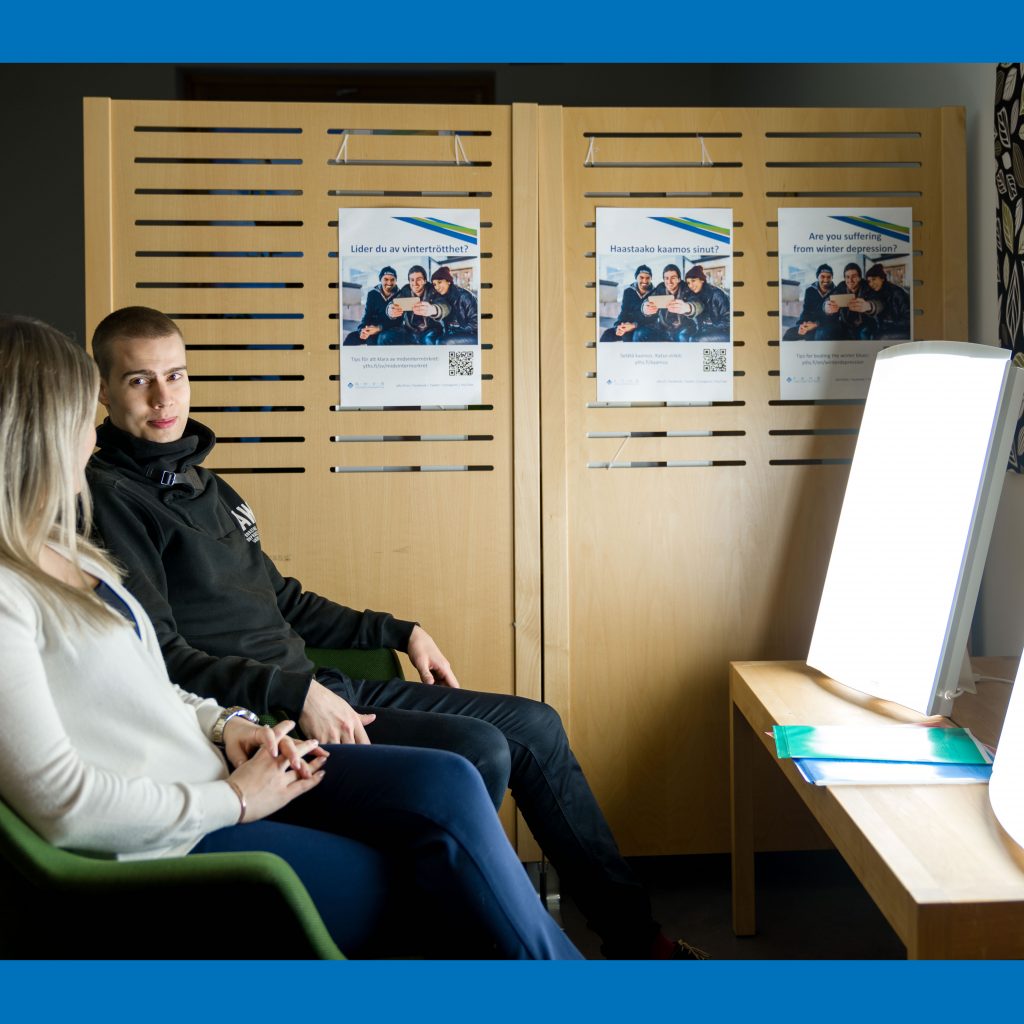Are you suffering from winter depression? Symptoms commonly occur during the dark winter months from October to January and might be a sign of seasonal affective disorder (SAD), also known as the winter depression.
The symptoms can vary considerably between individuals. However, the symptoms include:
- daytime fatigue,
- slump in mood, irritability
- decreased levels of general activity,
- decreased levels of physical activity,
- indefinite aches and pains
- excessive sleep, poor sleep quality or insomnia and
- abnormal craving for sugary foods (increased need of carbohydrates).
Tips for beating the winter blues:
- Exercise regularly, get plenty of fresh air and relax.
- Get enough sleep and maintain a regular daily and weekly schedule.
- Make sure you are getting enough vitamin D.
- Increase your exposure to the natural light by walking outdoors during daylight. Light therapy can also be helpful for many.
- Remember that tiredness may lead people to exaggerate their problems and the gloom of winter.
Try bright light treatment!
The bright light is a minimum of 2,500 lux. The light emitted from a bright light emulates sunlight but is completely UV-free. The bright light lamp ought to be medically certified to treat SAD.
Here is how to get the most out of bright light therapy:
- Use the bright light lamp in the morning. This reduces the fatigue experienced during daytime as well as problems related to seep. However, avoid using the light during evenings.
- Use the bright light lamp about 30-60 minutes each morning. Use the lamp for 10 minutes at first and then gradually increase the exposure.
- The correct distance of the lamp to your eyes is about 85–200 centimeters. However, this varies so you should check the user manual of your bright light lamp.
- Do not stare straight into the light. Instead, you can multitask with bright light therapy by reading a book next to it for instance.

